Vaping is a great way to consume cannabidiol, if done right. Read this CBD vape safety guide to learn the top vaporizer pen, juice and e-liquid tips to review before ordering.
The e-cigarette revolution is changing smoking forever. People in the United States are in love with vape pens. One in 20 U.S. adults vapes. It isn't all about tobacco and nicotine, though.
Vaping is a great way to consume cannabidiol (CBD). Similar to a nebulizer used for asthma, a vaporizer pen creates a mist of ultra-fine particles to breathe. Obviously before we jump into a simple CBD vaping user guide, anyone consuming cannabis or cannabidiol must recognize the alarming amount of vaporizer related news about the ill-effects of using untested vape juices and e-liquids.
To cover the associated benefits of vaping CBD or any cannabis oil will be straight forward below but do not take the recent ‘popcorn' or ‘wet lung' concerns lightly, as the rise in occuring incidents over the past few months should put all vapers on notice.
Not all CBD products are meant for vaping. Vaping pens and rigs are delicate instruments.
E-liquids need the correct viscosity and content to work safely. You want them to be safe to breathe, free of impurities and harsh irritants too. Finding the best CBD vape oil or pen requires a few steps of going through the process to visually verifying the purity and potency testing by independent third-party labs. As the medical cannabis industry becomes more defined and mature, these growing pains of marijuana-use and manufacturing is extremely important to consider and conduct before choosing any vape-related products.
Why Vape CBD?
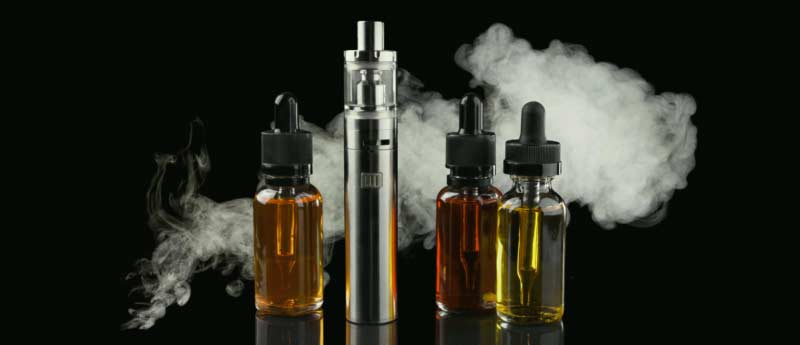
Contents
CBD is available in many forms, from topical creams to munching on edibles. For people seeking fast CBD effects, vaping beats all other forms of delivery via the lungs. The rapid absorption rate favors vape oil as a delivery method for those who use CBD for stress, anxiety attacks or pain.
With the current vaping spread of health cases circulating, it becomes very important to know what is in the product and who made it with quality control processes. Vaporized CBD enters the bloodstream directly. It does not pass through the gut and the liver.
This means that up to ten times as much CBD enters your system when you vape a concentrated CBD oil compared to an edible containing the same amount of oil. On top of that, the effects are nearly instant.
As a bonus, vaping CBD, especially if you eschew strong flavors, the plan pure CBD usually has no distinctive smell and is indistinguishable from other types of vaping oils. Most CBD vape pens do not omit a traditional marijuana smell when used.
Straight CBD or Tasty Clouds?
Vaping can be a form of relaxing social relief or a fast way to deliver CBD to the bloodstream. There are many CBD e-liquids on the market that include other ingredients to enhance the experience. However, some people just want to stick to CBD. Due to the uncertainty in the marketplace with all of the press on vaping issues, going with licensed or fully-transparent vape companies is a good place to start.
Vape oil concentrates can offer CBD in one of its purest forms if done with proper care and testing. There are usually only a small number of ingredients in superior CBD vape oil concentrates. Most are usually 100 percent pure CBD extract, but as a consumer must pay attention to any labeled ingredients, and unfortunately, worry about any unlisted elements which could cause the health problems that mainstream media has started to cover and put a spotlight on. The vaping cannabis oil trend will likely keep rising in the months and years to come, but yet-to-be defined protocols are still being formed in legal type.
And Dose calculation is not always easy given tolerance levels, body weight, even age. A single inhalation of concentrate can pack in as much CBD as several drops of CBD oil under the tongue and in a fraction of the time. Thick CBD oil concentrates can only be used in vape pens designed for their use. While CBD is largely associated with being non-psychoactive, meaning it does not transfer the THC-high feeling, vaping and or smoking it can create a more euphoric high, albeit much less than its botanical cousin cannabinoid, THC.
E-liquids contain CBD extract, plus flavorings, vegetable glycerin (VG) and propylene glycol (PG). VG and PG are additives common to vaping and produce the distinctive clouds and mouthfeel. Who is to say some of those vaped ingredients are lung-friendly?
Also another point of interest to consider for CBD vapers is about the three-headed cannabidiol-infused juices and e-liquids available. The industry has adapted a few buzzworthy bucket words that help classify the distinguishments between pure cannabidiol oils, broad-spectrum CBD and full-spectrum CBD.
Generally, the broad spectrum contains everything that full-spectrum carries except THC. Meaning, broad spectrum is THC-free but contains all the cannabis essential oils from terpenes, flavonoids and other phytocannabinoids that create the ‘entourage effect'. The full spectrum would be then be everything, THC and all encompassing cannabis oil compounds. This is the real ‘orchestra effect', but many enjoy CBD due to the non-high, maybe subtle effect.
Vaping Basics
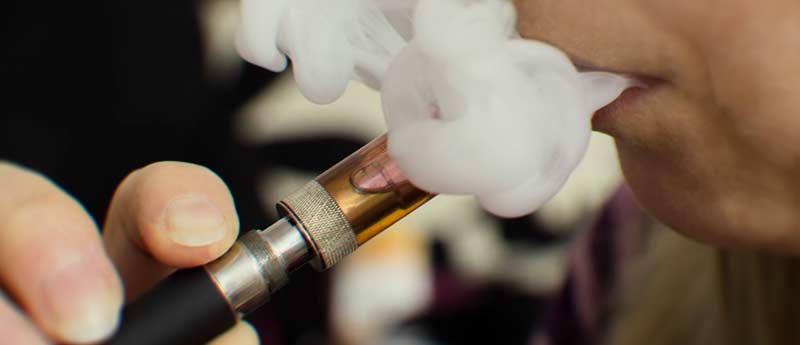
All vapes, whether they look like a USB drive or a Star Trek communicator, have four basic components. They are a battery, an atomizer (heating coil), the mouthpiece and a place to chamber the vaping materials.
Compared to lighting up, they are discreet and some are quite elegant.
There are two types used for vaping CBD. There is the “tank” style (the one that has the boxy Star-Trek classic look) and the “pen” style which looks like a stylus.
Both have distinct advantages. Both also have passionate users, so expect lots of conflicting opinions and advice.
The Tank Style
The tank style of vape produces the popular billowing clouds. Tanks use e-juice, a mix of CBD, flavor, and extenders like propylene glycol (PG) and/or vegetable glycerin (VG).
There is a heating element inside. The heating element has a wick to absorb the liquid into the coils.
Tank style vapes come in refillable and disposable options. Most tobacco users choose the refillable version. Most have replaceable and customizable heating coils. Users add their own e-juice to refillable vapes.
Disposable vapes, or cartomizers, use prefilled, disposable cartridges. They use inexpensive materials. Sometimes they are of unknown quality.
With disposable vapes, users have little control over the metal used in the coil, flavors used in the e-juice, CBD quality or the types and ratios of chemicals used.
Pen Style Vapes
A pen-style vape uses concentrates. The pen consists of a chamber with a metal heating coil in the bottom. The coil vaporizes a concentrated solution dropped directly on the heating element.
These refillable vapes are the best option for users concerned with CBD dose. A refillable pen style vape that uses CBD concentrates instead of blended e-juices allows the user to control what chemicals are inhaled.
These types of vapes are sold as all-in-one kits. Replacement parts can be purchased online. Over time and use, the heating coil oxidizes and must be replaced. Metal microparticles can end up in the vapor otherwise.
Use of only pure, concentrated CBD isolates in the pen lengthens the life of the metal coil. Flavor additives and low-quality CBD leave a residue on the coils and speeds up wear.
How to Choose the Best CBD Vape Oil
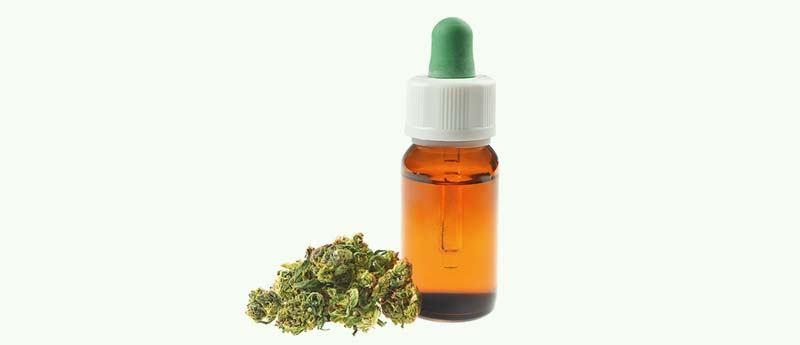
It's the Wild, Wild, West out there. There aren't many (or any) FDA approvals or regulations regarding CBD vape oil. There is no guarantee other than the good name of the manufacturer or seller.
- Where does the CBD come from?
- How do you know the vape oil is clean and without additives?
- How do you know that CBD is present in any strength?
“Pure” CBD oil is extracted from the raw cannabis plant. Pure CBD isolate is a crystalline solid, so the oil is simply a carrier for the CBD. Depending on the method used to extract the CBD oil, a small amount of a neutral material may be added to correct the viscosity.
Manufacturers can use hemp or marijuana strains of cannabis to extract CBD oil. Hemp strains are subject to less restrictive legal sales.
The Importance of CBD Origin
The vast majority of CBD in the U.S. is derived from perfectly legal industrial hemp. Although hemp and marijuana are both cannabis, hemp contains less than 0.3% THC by weight. Marijuana contains more than 0.3% THC and is still unlawful in most places.
Very large volumes of hemp leaves and stems are needed to extract CBD oil. Most of this raw plant material is imported from places like China, India or Turkey. The largest concern for this imported material is contamination.
There are no regulations regarding growing conditions or soils. Hemp is a bio-accumulator. That means it readily retains heavy metals, pesticides, and toxins from the soil or water. These, in turn, are concentrated into the oil.
Where possible, choose organically grown and responsibly extracted CBD oil.
Clean Extraction Matters
Processing hemp for CBD is not easy or inexpensive. There are four basic types of extraction. Only one process is recommended for vape pens.
CO2 Method
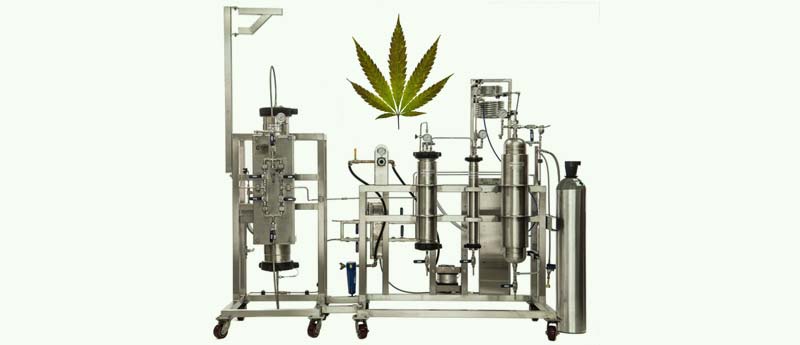
Pressurized carbon dioxide (CO2) is the solvent that pulls CBD from the plant materials. It is safe and effective. However, it involves extremely expensive equipment to freeze and compress the CO2.
There are two forms of CO2 extraction, supercritical and subcritical. These terms refer to the extraction temperature and pressure.
Each type yields different molecules. The highest quality, full spectrum oils use both types of CO2 extract the maximum number of compounds.
The extracted oil is potent and free of most contaminants. Some manufacturers go through an additional step of winterization to make sure that the cuticle waxes of the raw plants do not pass into the finished product.
Oil Extraction Method
In this method, the raw plant material is heated for a specific length of time and then steeped in oil. Olive oil, coconut oil or MCT are often used. Even butter is used on occasion.
These oils are NOT meant for vaporization. Do NOT ruin your pen style vape with this type of low-quality oil.
Dry Ice Extraction
This home method uses dry ice and agitation to freeze plant resins, to allow manual collection. The result is a higher yield than the oil method, but also low-quality.
Solvent Method
The raw plant material is washed in a low-cost solvent to extract CBD. Some solvents are ethanol, butane (lighter fluid) or low-grade alcohol. These solvents are cheap, powerful and mostly safe.
The plant material is chopped up and agitated with solvent. Then the mix is strained and heated to remove the solvent. However, these solvents can dissolve unwanted compounds with the CBD and leave a residue of their own.
The resulting oil can then undergo filtration to remove the unwanted compounds and residues, but that reduces potency.
Butane (lighter fuel) leaves a more potent oil. Unfortunately, a small portion of lighter fluid is not butane. Instead, carcinogenic chemicals like neopentane and hexane or lung irritants are in the mix.
Vaping oils created by the solvent method can expose a person to several toxic chemicals.
CBD Content Per Dose
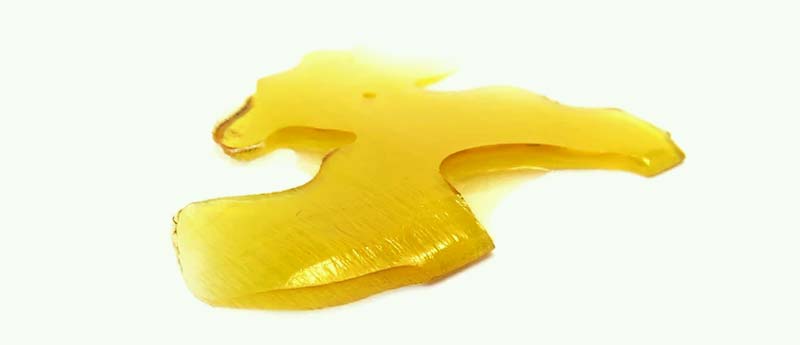
There is no uniform, industry-standard way to measure and communicate the amount of CBD in your vape oil. It really is a case of “let the buyer beware”. For example, the label may indicate a percentage, a number of milligrams per bottle or even milligrams per milliliter.
Beyond that, you don't know how the number was determined. Independent, third-party testing by a trusted laboratory is one way to ensure proper content. Many manufacturers now tout their verifications.
Additionally, independent testing can also verify that the oil is free from toxic chemicals or heavy metals. You really need to do some homework to find the best CBD vape oil. There are many sub-par products on the market.
Look for Reviews
In the absence of a national, industry-wide standard, the safest way to find the right product for you is through reviews and manufacturer reputation. Look for grower to consumer documentation, including cannabis testing while growing, and tests of the finished products.
If you go online and search for CBD oil, thousands of results pop up. Unsurprisingly, most of the products are unsafe or unsuitable for use in your vape pen. Given the cost of both your vape pen and CBD oil, mistakes aren't cheap.
They could even be dangerous to consume or damaging to vape. Skip websites and retailers that lack reliable reviews, certificates of analysis and knowledgeable staff.
Vaping Safely

Vape pen misuse can result in damage or injury. Only use vape pens designed for thick oils and waxes with concentrates. Coils in vape pens must be replaced when they show signs of wear.
The performance of vape pens varies greatly between different devices. Some pens are buttonless and are activated by drawing air through the device. Other vape pens have an activation button to heat the coil.
Vape pen heating elements can get red hot. A small amount of the solution inside the prefilled cartridges can smolder or burn. This is not ideal and can release toxins from otherwise safe to ingest oils.
Again, look for reviews and experienced guidance to choose the right vape pen for your concentrates.
A Word About Batteries
The strength and heat of your vape pen battery can make the difference in the number of aerosolized impurities. Look for a 3.7-volt button-activated pen. Oils should not be vaporized above 4.2 volts.
The reason for button activation is to prevent inhalation of overheated vapors. Thicker oils require some preheating to thin and coat the coils. Pre-heat 5-10 seconds before drawing on vapor.
Some basic battery safety tips:
- Always use the correct battery
- Store batteries properly
- Examine battery wraps for wear or damage
- Use the right charger
- Don't overcharge or over drain
- Avoid temperature extremes
- Replace batteries every six months to a year
Failure to follow basic battery safety suggestions can result in damage to your vape pen or battery fire.
Also, on a word of caution given all of the ‘wet popcorn lung' illness news, flavored vaping products may be harmful and tainted with unfavorable contaminants.
Flavored CBD Vaping Products Under Fire, Spotlight On
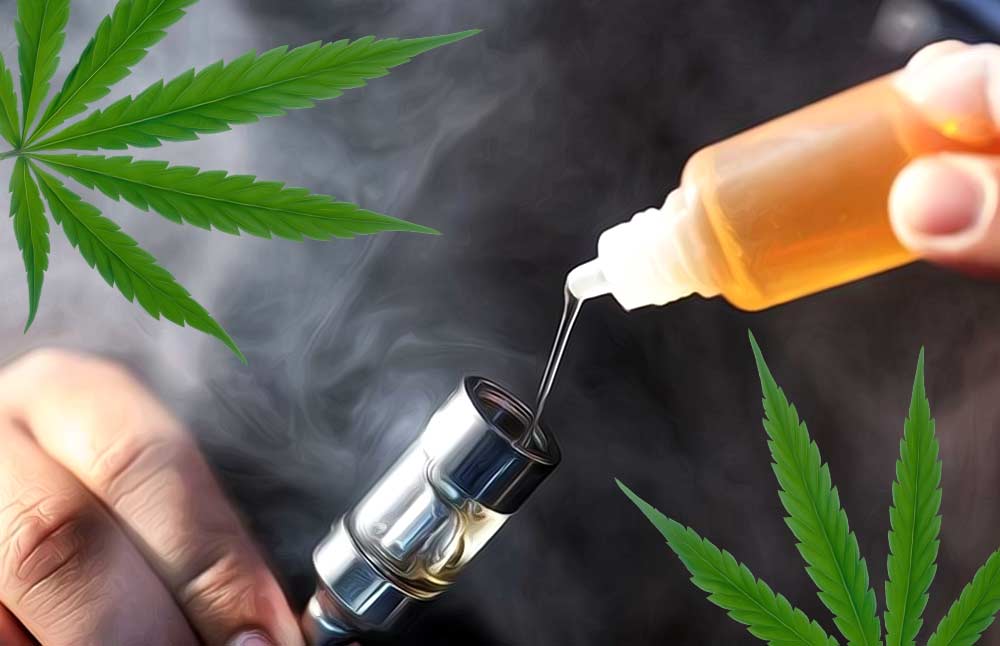
An investigation by Stanford University School of Medicine cautions that vaping seasoned nicotine fluids, along with non-nicotine flavors, may cause ‘critical harm' to endothelial cells within veins. This causes cardiovascular infection hazard. The negative impacts were found to differ in seriousness dependent upon the flavors used in the vapes. Most mainstream flavors were found to be harmful.
It has been embroiled that the flavorings utilized in numerous e-fluids are a reason for concern. In spite of the fact that vaping plain, unflavored fluid has been found to cause impermanent changes in members' lungs, various flavorings have been connected to aggravation and other possibly genuine issues.
Joseph Wu, MD, Ph.D. at Stanford stated:
“When we exposed the cells to six different flavors of e-liquid with varying levels of nicotine, we saw significant damage.”
Stanford specialists found that menthol and cinnamon were ‘especially destructive' contrasted with other famous flavors. This is signifncant news considering vaping has emerged as the second biggest form of cannabis administration.
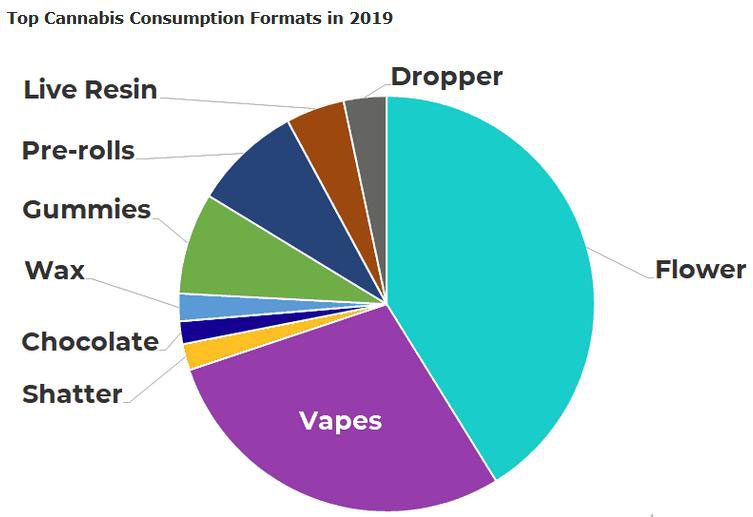
The issue of electronic cigarette use and its potential effect on long haul stays hostile. The investigation included uncovering endothelial cells, which line the insides of veins, to both the blood of individuals who had vaped. The examinations included human endothelial cells that were created in a lab utilizing pluripotent undifferentiated cells.
The endothelial cells covering the inside of veins have a ‘basic' function in one's general cardiovascular and heart well being. Numerous prevalent flavorings might cause critical including but not limited to the ones given below:
- – Cinnamon
- – Menthol
- – Sweet butterscotch
- – A sweet tobacco with caramel and vanilla flavors
- – Fruit
- – Tobacco
Different flavorings were depicted as ‘modestly lethal' to the endothelial cells except for menthol and cinnamon, which were portrayed as ‘especially' harming. Indeed, even without nicotine in the arrangement, these fluid flavorings (when vaped) caused an extraordinary lessening in cell suitability. Also, presentation to these fluids expanded the dimensions of atoms and helped particles that may cause DNA harm.
The issues proceed from that point. Both menthol and cinnamon flavorings ‘essentially disturbed' the cells in such a way that the development of fresh cells was totally impaired. Cinnamon, caramel, and vanilla flavors were found to support the take-up of LDL and lipids, while caramel and vanilla additionally possibly contrarily affected fresh cell vessel development.
Just a portion of these negative factors impacted the overall health of the endothelial cells in an irreversible manner. The study also stated a drop in cell feasibility, which might be another reason to worry.
More ‘vaping crisis' news will be forthcoming and we will update the safety guide and factors to look out for as more findings are put together.

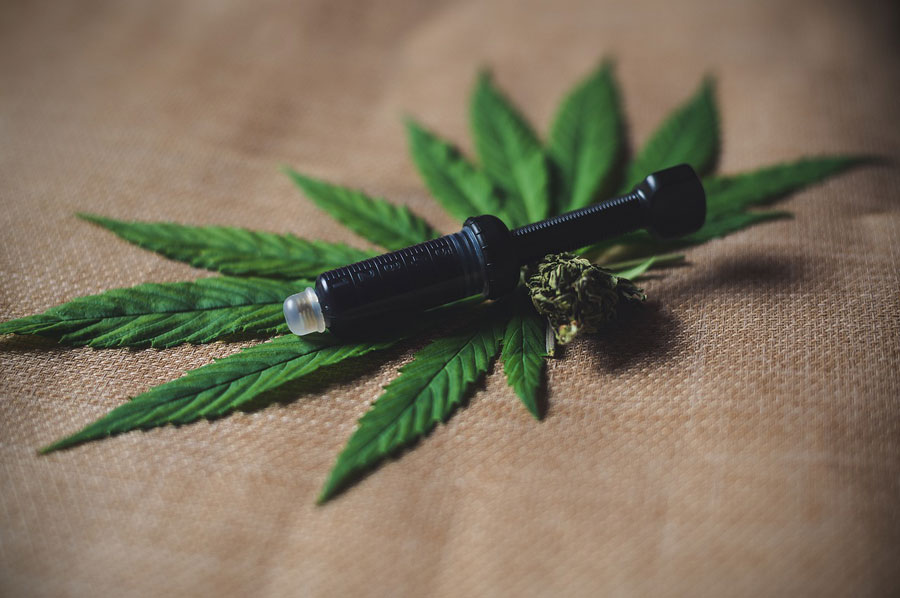

Comments are closed.